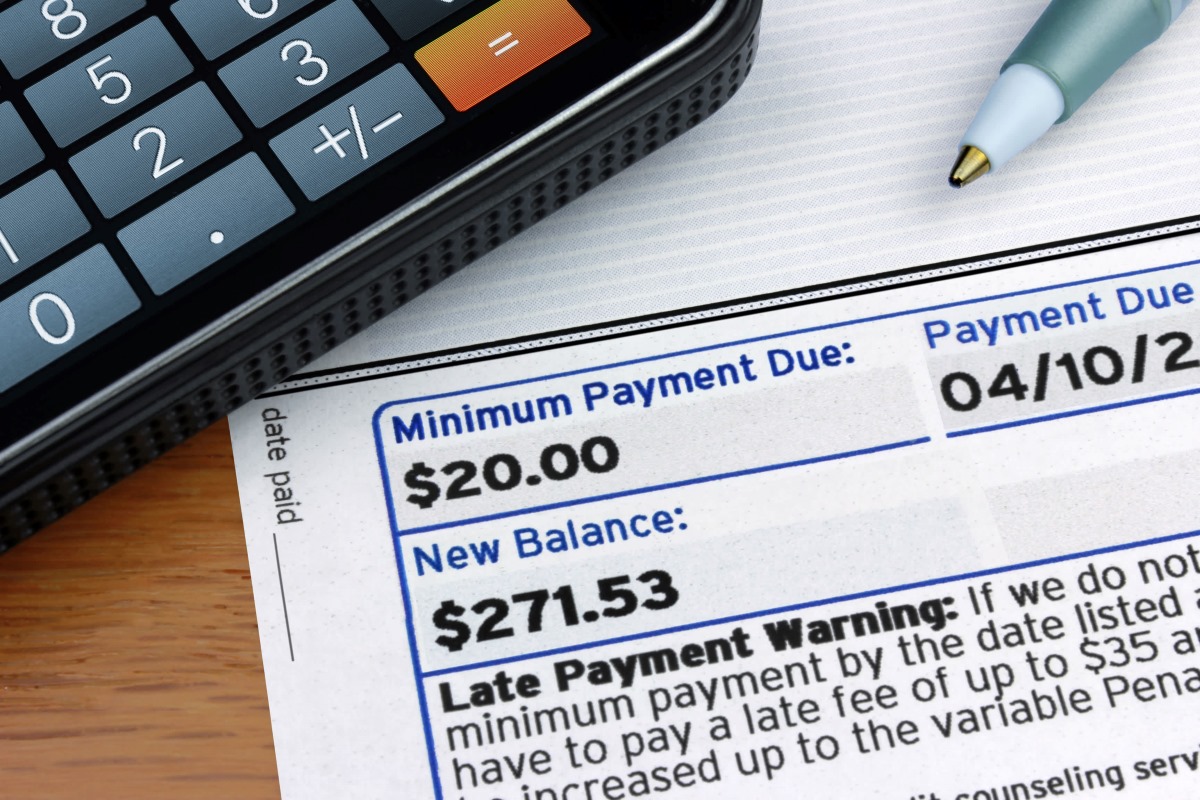Home>Finance>Cost Per Available Seat Mile (CASM): Definition, Formula, Example


Finance
Cost Per Available Seat Mile (CASM): Definition, Formula, Example
Published: November 3, 2023
Learn the definition, formula, and example of Cost Per Available Seat Mile (CASM) in finance. Calculate your CASM to optimize financial performance.
(Many of the links in this article redirect to a specific reviewed product. Your purchase of these products through affiliate links helps to generate commission for LiveWell, at no extra cost. Learn more)
Cost Per Available Seat Mile (CASM): Definition, Formula, Example
Welcome to our finance blog, where we provide valuable information and insights on various topics related to money management, investing, and financial concepts. In today’s article, we will be diving into the world of Cost Per Available Seat Mile (CASM), an essential metric used in the aviation industry to evaluate the efficiency and profitability of airlines.
Key Takeaways:
- Cost Per Available Seat Mile (CASM) is a financial metric used in the aviation industry to measure the operating cost of an airline per seat mile available for sale.
- The formula for calculating CASM is: Total Operating Costs / Available Seat Miles.
But what exactly is CASM, and why is it important? CASM is a measure that allows airlines to determine how much it costs them to fly one seat for one mile, taking into account all operating costs incurred during the flight. This metric provides valuable insights into an airline’s financial performance, cost structure, and operational efficiency.
Formula for Calculating CASM:
To calculate CASM, divide the total operating costs of an airline by the available seat miles. Available seat miles represent the total number of seats multiplied by the total miles flown. The formula can be expressed as:
CASM = Total Operating Costs / Available Seat Miles
Let’s take a practical example to illustrate how CASM is calculated. Suppose an airline has total operating costs of $10 million and has 100,000 available seat miles. To find CASM, we use the formula:
CASM = $10,000,000 / 100,000 = $100
In this example, the airline has a CASM of $100, meaning it costs them $100 to fly one seat for one mile.
CASM plays a crucial role in the competition and strategic decision-making process within the aviation industry. Airlines strive to keep their CASM as low as possible to improve profitability, attract investors, and offer competitive pricing to passengers. By monitoring and analyzing CASM, airlines can identify areas of inefficiency or excess costs and implement strategies to optimize their operations.
Key Takeaways:
- CASM is a metric that measures the operating cost per seat mile available for sale in the aviation industry.
- It is calculated by dividing the total operating costs by the available seat miles.
Understanding and analyzing CASM is vital for airline executives, investors, and industry analysts alike. It provides a comprehensive view of an airline’s financial performance and helps identify opportunities for cost optimization and increased efficiency. As the aviation industry becomes increasingly competitive, airlines that can manage and minimize CASM will have a greater chance of long-term success.
Thank you for reading our finance blog post on Cost Per Available Seat Mile (CASM). We hope you found this information valuable and informative. Stay tuned for more insightful articles on various finance-related topics.














